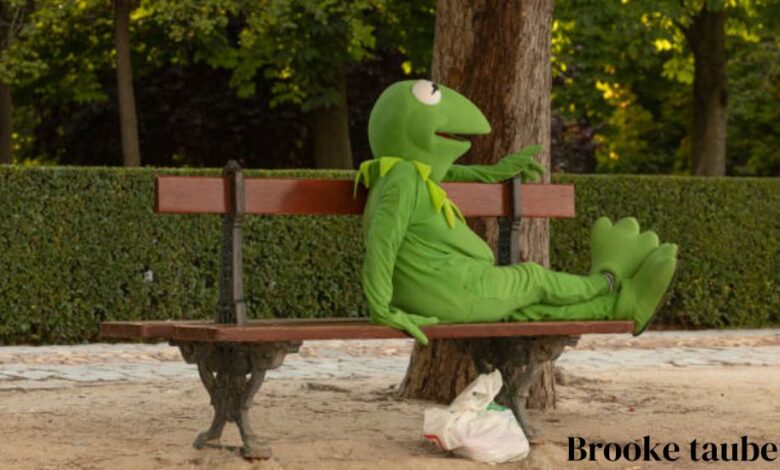
The Muppets, created by Jim Henson, have been enchanting audiences since the 1950s with their unique blend of humor, creativity, and heart. These beloved puppets have transcended generations, capturing the imaginations of both children and adults alike. One of the most intriguing elements of the Muppet franchise is the variety of characters it features, each with its own quirks, personalities, and distinctive designs. Among these, the “Muppet with beak” stands out as a particularly memorable and endearing figure. This article will explore the characteristics, significance, and cultural impact of Muppets with beaks, focusing on their role in the larger Muppet narrative.
Characteristics of Muppets with Beaks
Distinctive Design
Muppets with beaks are often characterized by their vibrant colors, exaggerated features, and, of course, their prominent beaks. The beak serves not only as a physical attribute but also as a defining aspect of their personality. For instance, characters like the iconic Gonzo, who is known for his long, curved beak and quirky demeanor, embody the spirit of individuality and uniqueness that the Muppets celebrate.
Personality Traits
These characters often display a range of emotions, from silliness to seriousness. The beak can enhance their expressive capabilities, allowing them to convey a wide array of feelings. A character like Beaker, for example, uses his high-pitched voice and frantic energy to create a comedic contrast with the more grounded characters around him, demonstrating how the design elements work in harmony with personality traits.
Representation in the Muppet Family
Muppets with beaks frequently serve as comic relief, often finding themselves in humorous situations due to their quirky designs and personalities. However, they also play essential roles in conveying deeper messages about friendship, acceptance, and the importance of being true to oneself.
Iconic Muppets with Beaks
Gonzo
Gonzo is arguably the most famous Muppet with a beak. His blue, hook-nosed beak and wild appearance make him instantly recognizable. Gonzo’s character challenges traditional norms; he often engages in absurd antics and embraces his oddity. His storylines often revolve around themes of self-acceptance and the celebration of uniqueness, making him a relatable figure for audiences who feel different or out of place.
Beaker
Beaker, the assistant to Dr. Bunsen Honeydew at Muppet Labs, is another beloved character known for his beak-like mouth and expressive face. His constant state of panic and his memorable catchphrase, “Mee mee mee,” endear him to viewers. Beaker’s clumsiness and misadventures often serve as a humorous foil to Bunsen’s more serious scientific endeavors, showcasing the comedic dynamic between the two characters.
The Swedish Chef
Though primarily known for his chaotic cooking style and a mix of English and Swedish gibberish, the Swedish Chef also exhibits a beak-like appearance. His character blends humor with culinary chaos, contributing to the overall comedic landscape of the Muppet show. The Swedish Chef’s antics highlight the absurdity of cooking and the joy of creativity in the kitchen.
The Cultural Impact of Muppets with Beaks
Symbol of Individuality
Muppets with beaks often symbolize individuality and the importance of embracing one’s differences. Characters like Gonzo and Beaker challenge societal norms, reminding audiences that it is okay to be unique and that one’s quirks can be a source of strength rather than a liability. This message resonates strongly, especially in today’s world, where many individuals feel pressure to conform.
Contribution to Entertainment
The presence of these characters in various Muppet productions—ranging from television shows to movies—has contributed significantly to the Muppet brand’s enduring popularity. Their comedic timing, whimsical designs, and memorable catchphrases ensure that they leave a lasting impression on viewers of all ages. The ability of these characters to evoke laughter while also imparting meaningful lessons speaks to the genius of Jim Henson’s creations.
Influence on Future Generations
The Muppet legacy continues to inspire new generations of puppeteers, writers, and performers. Muppets with beaks, in particular, have paved the way for new characters in various media, encouraging creative exploration and innovation. The principles of humor, acceptance, and creativity exemplified by these characters remain influential in contemporary entertainment.
Conclusion
The “Muppet with beak” represents more than just a character in a beloved franchise; it embodies the spirit of individuality, humor, and heart that defines the Muppet universe. Through characters like Gonzo, Beaker, and the Swedish Chef, audiences are reminded of the importance of embracing one’s uniqueness and finding joy in self-expression. As the Muppet legacy continues to thrive, the impact of these beaked characters will undoubtedly endure, inspiring laughter and love for generations to come.
FAQs
What is the origin of the Muppets?
The Muppets were created by Jim Henson in the late 1950s, originally appearing in television commercials before gaining fame on shows like “Sesame Street” and “The Muppet Show.”
Who is the most famous Muppet with a beak?
Gonzo is widely regarded as the most famous Muppet with a beak, known for his eccentric personality and unique appearance.
What themes do Muppets with beaks often represent?
They often represent themes of individuality, acceptance, and the celebration of one’s quirks and differences.
How do Muppets with beaks contribute to the comedic elements of the shows?
Their exaggerated features and personalities often lead to humorous situations, providing comic relief and enhancing the show’s overall entertainment value.
Why do audiences connect with characters like Gonzo and Beaker?
These characters resonate with audiences because they embody the struggles and joys of being unique, making them relatable figures in the world of entertainment.


